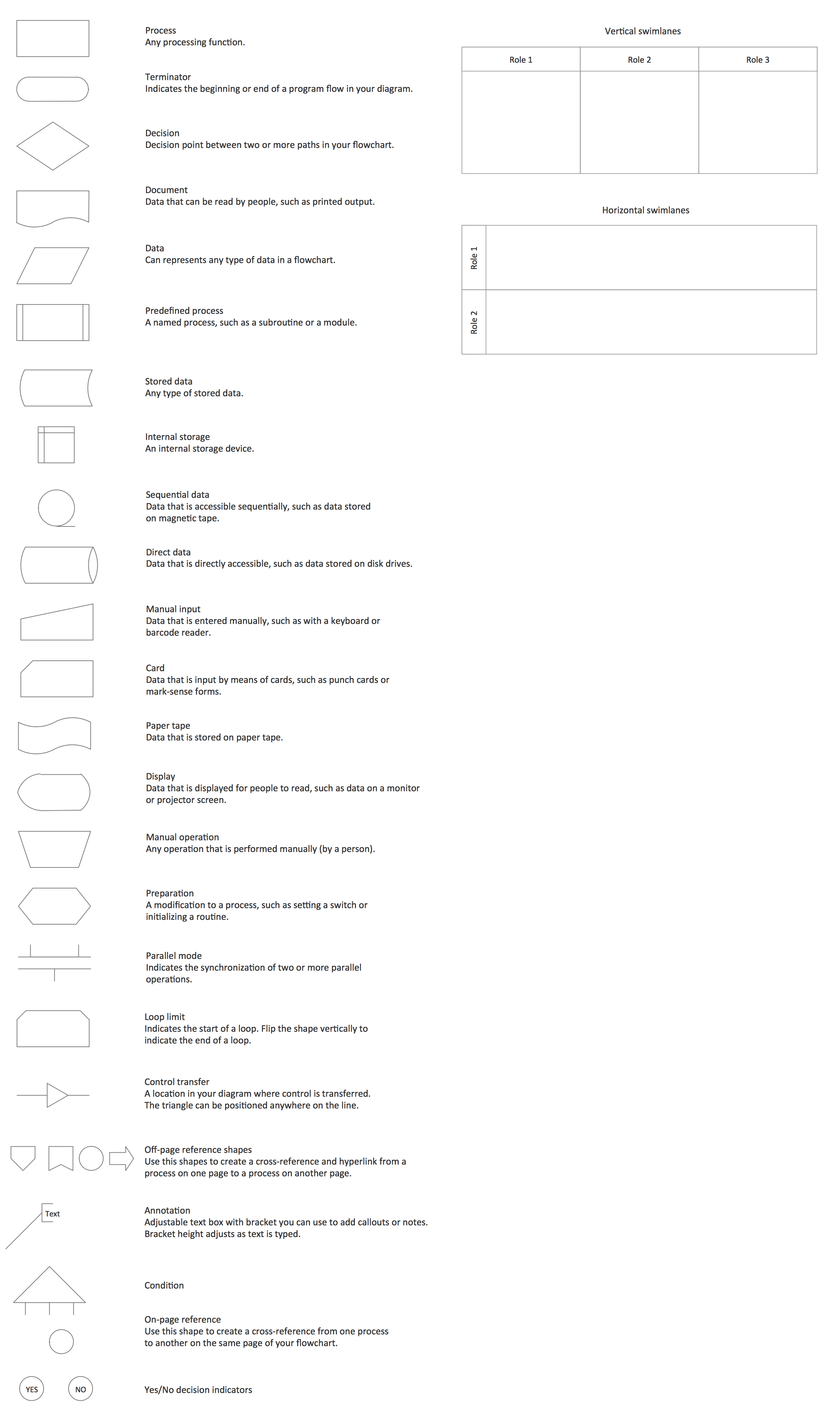"Consumption of energy resources, (e.g. turning on a light) requires resources and has an effect on the environment. Many electric power plants burn coal, oil or natural gas in order to generate electricity for energy needs. While burning these fossil fuels produces a readily available and instantaneous supply of electricity, it also generates air pollutants including carbon dioxide (CO2), sulfur dioxide and trioxide (SOx) and nitrogen oxides (NOx). Carbon dioxide is an important greenhouse gas which is thought to be responsible for some fraction of the rapid increase in global warming seen especially in the temperature records in the 20th century, as compared with tens of thousands of years worth of temperature records which can be read from ice cores taken in Arctic regions. Burning fossil fuels for electricity generation also releases trace metals such as beryllium, cadmium, chromium, copper, manganese, mercury, nickel, and silver into the environment, which also act as pollutants.
The large-scale use of renewable energy technologies would "greatly mitigate or eliminate a wide range of environmental and human health impacts of energy use". Renewable energy technologies include biofuels, solar heating and cooling, hydroelectric power, solar power, and wind power. Energy conservation and the efficient use of energy would also help." [Energy industry. Environmental impact. Wikipedia]
The Energy resources diagram example was created in the ConceptDraw PRO diagramming and vector drawing software using the Manufacturing and Maintenance solution from the Illustration area of ConceptDraw Solution Park.
The large-scale use of renewable energy technologies would "greatly mitigate or eliminate a wide range of environmental and human health impacts of energy use". Renewable energy technologies include biofuels, solar heating and cooling, hydroelectric power, solar power, and wind power. Energy conservation and the efficient use of energy would also help." [Energy industry. Environmental impact. Wikipedia]
The Energy resources diagram example was created in the ConceptDraw PRO diagramming and vector drawing software using the Manufacturing and Maintenance solution from the Illustration area of ConceptDraw Solution Park.
Cross Functional Flowchart Symbols
The excellent possibility to create attractive Cross Functional Flowcharts for step-by-step visualization the operations of a business process flow of any degree of detailing is offered by ConceptDraw’s Cross-Functional Flowcharts solution. The extensive selection of commonly used vector cross functional flowchart symbols allow you to demonstrate the document flow in organization, to represent each team member’s responsibilities and how processes get shared or transferred between different teams and departments.
 ConceptDraw Solution Park
ConceptDraw Solution Park
ConceptDraw Solution Park collects graphic extensions, examples and learning materials
- ConceptDraw Solution Park | Drawings Nature Seen
- Drawing Picture Nature Seen
- ConceptDraw Solution Park | Drawing Of Nature Seen
- Drawing Beautiful Seen
- ConceptDraw Solution Park | Nature Seen And Park
- Beautiful Nature Scene: Drawing | Nature Drawings - How to Draw ...
- Natural Seen Drawing
- Drawing Of Beautiful Seen
- How To Draw A Natural Seen
- Image A Beautiful Seen Drawing
- According To School Chart Natural Seen Draw A Chart
- Diagrame Of Natural Seen
- Beautiful Nature Scene: Drawing | Directional Maps | AWS ...
- Nature | Beautiful Nature Scene: Drawing | Maps | Solution ...
- Drawings Of Wood Biomass
- Beautiful Nature Scene: Drawing | Nature Drawings - How to Draw ...
- ConceptDraw Solution Park | Astronomy | Nature Drawings - How to ...
- How can you illustrate the weather condition | Beautiful Nature ...
- Beauty in nature Illustrations and Clipart | Pictures of Vegetables ...
- Drawing Illustration | Building Drawing Design Element: Piping ...

